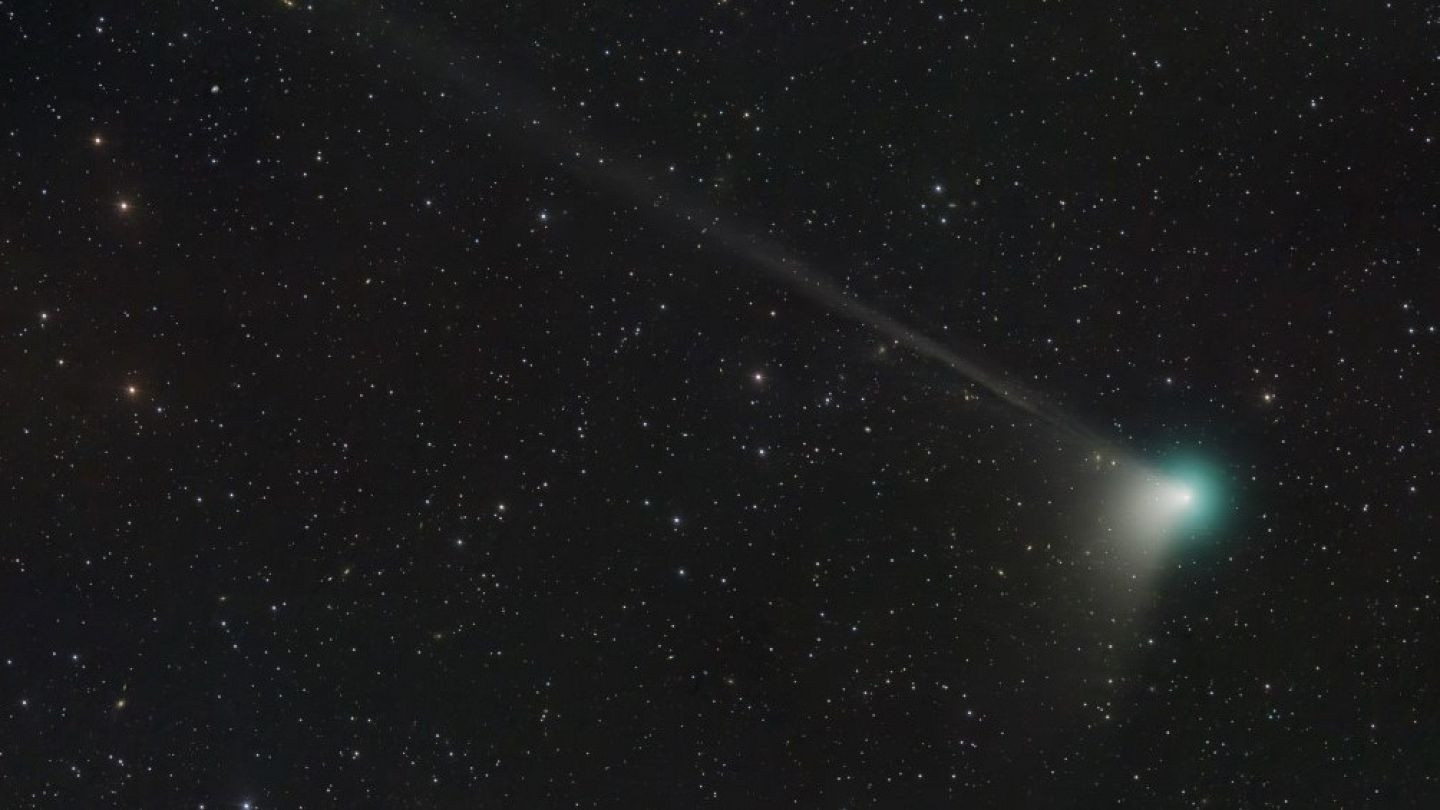The green comet C/2022 E3 is approaching Earth.
According to the information provided to APA by the Department of Astrophysics of the Faculty of Physics of Baku State University (BSU), the green comet C/2022 E3 will be at its closest distance to the Earth - perigee on February 1 at around 20.00 Baku time.
At maximum approach, the distance from the Earth to the comet will be 42.47 million km.
At this time, it will be visible to the naked eye all night long at the ideal observation point in the north, around the pole star.
This comet passed the perihelion (closest to the Sun) point of its orbit on January 12.
Comet C/2022 E3 was discovered on March 2, 2022 at the Palomar Observatory (USA).
At the time of its discovery, it was 643 million km from the Sun.
Because it is far enough from the Sun, it was initially thought to be an asteroid, but it was not at all like a comet.
But as it approached the Sun, the object began to exhibit the characteristics of a comet - a greenish coma and tail made of gas and dust.
Further calculations showed that the comet was moving in a highly elongated orbit and that its aphelion (furthest from the Sun) distance was 2800 AU.
This distance is 70 times greater than Pluto's distance from the Sun.
This indicates that comet C/2022 E3 came to us from the Oort cloud, the outer solar system that is believed to contain billions of comets.
Calculations have shown that the last time the green comet passed near the Earth was 50,000 years ago.
Under the influence of ultraviolet rays of the sun, the process of decomposition of diatomic carbon molecules - dicarbon (this process is called photodissociation) is accompanied by the generation of radiation at a wavelength of 518 nm, which corresponds to green light.
For this reason, the comet's head - the nucleus - appears in green.
In other words, the presence of diatomic carbon gives the comet its green color.
Since the diatomic carbon molecules are disintegrated before leaving the nucleus as a result of the photodissociation process, they cannot fall into the comet's tail, and therefore the tail does not turn green.
This arrival is believed to be the last arrival of comet C/2022 E3.
Because due to the influence of the gravity of the giant planets, its trajectory has been stretched and turned from an elongated ellipse into an open hyperbola.
Thus, comet C/2022 E3 will leave the Solar System forever after this visit.
